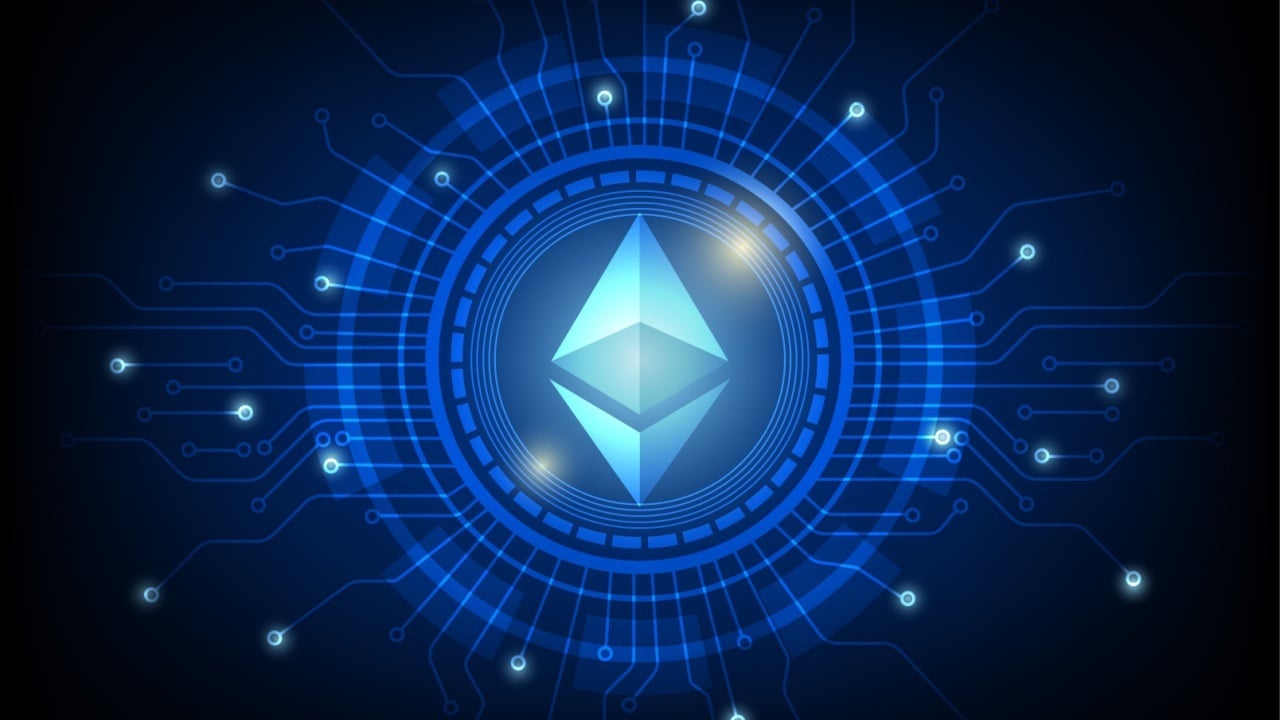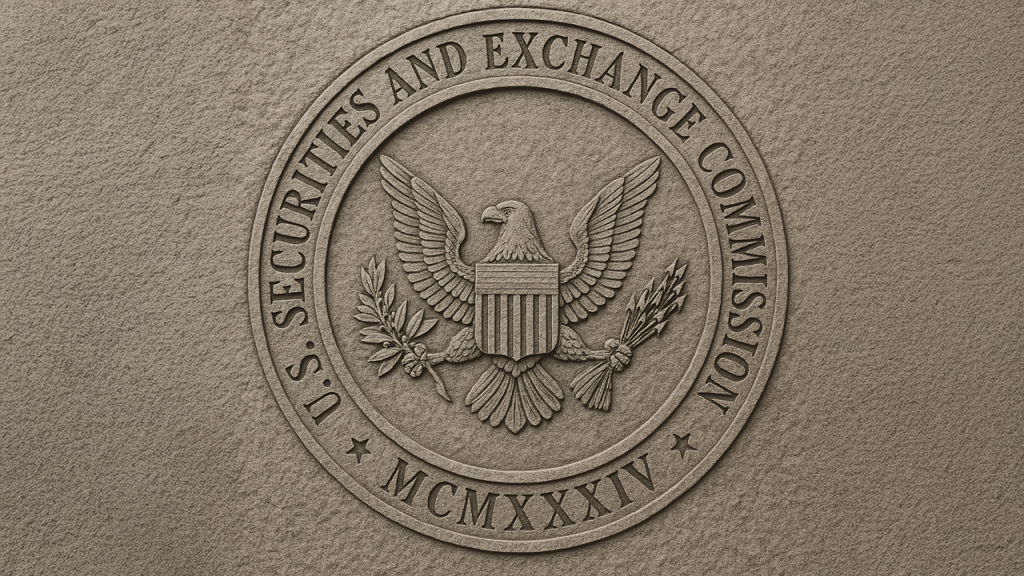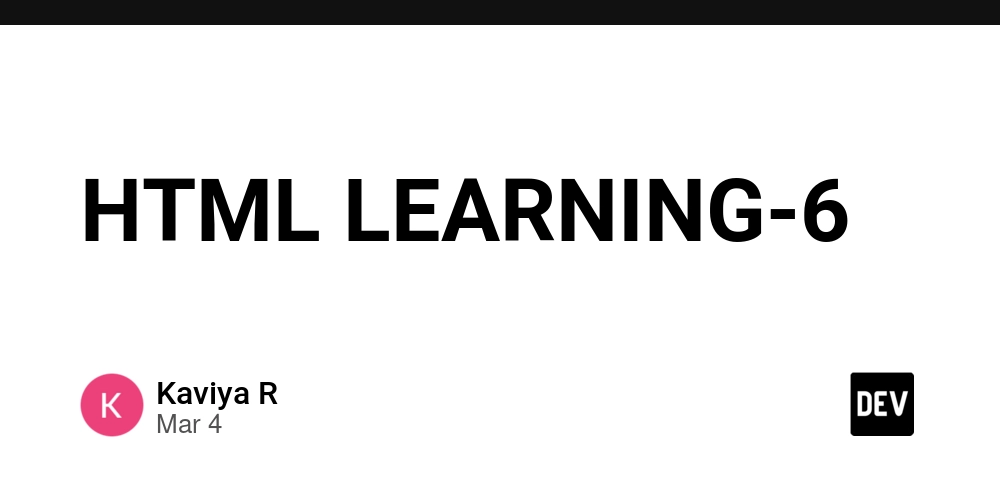Crowdfunding Open Source Development and Blockchain Innovation: A Sustainable Revolution
Abstract: This post explores the intersection of crowdfunding for open source development with blockchain innovations. It covers the historical background, core concepts such as smart contracts, tokenization, and decentralized governance, and provides practical use cases, challenges, and future trends. By combining community-led funding and blockchain’s immutable technology, open source projects can achieve financial sustainability—and this post explains why that matters. Introduction In today’s fast-paced digital era, crowdfunding and open source development are two critical forces shaping the future of technology. The integration of blockchain into these funding models is not only innovative but also essential for achieving transparency and sustainability. Developers, backers, and community managers are eager to explore how smart contracts and tokenization can drive a new era of decentralized funding. As this post unfolds, you will discover how these mechanisms work together to create a healthier ecosystem for software innovation. Background and Context Historically, open source projects have flourished on the bedrock of transparency, collaboration, and volunteerism. Many foundational technologies—the Linux operating system, various frameworks, and security tools—have thrived under this model. However, one major challenge has always been sustainability and reliable funding. Traditional financial models such as corporate sponsorships or donations often struggle to meet the continuous funding needs of these projects. Crowdfunding has emerged as a viable alternative by enabling communities worldwide to contribute small amounts of money, thereby supporting development and testing innovative ideas. For example, initiatives like crowdsourced funding for open source software illustrate how projects can transition from volunteer-based models to professional, financially independent ventures. As blockchain technology emerged, it brought with it a promise of untapped potential for financial transparency and global accessibility. With features like immutable ledgers, decentralized networks, and automated smart contracts, blockchain offers an ideal framework for funding open source initiatives. These technologies guarantee that every transaction is recorded for public verification and trust—ensuring that funds are distributed exactly as promised. Another important development is the advent of tokenization. By converting contributions into digital tokens, projects not only provide financial backing but also offer rewards associated with governance and future benefits. This dual dynamic is one of the reasons why sustainable models like sustainable funding for open source are gaining traction. Blockchain gives community investors a stake in the project’s future, aligning collective success with individual rewards. The focus on integrating these elements sets the stage for exploring the mechanics and benefits of combining traditional crowdfunding with blockchain innovations. Core Concepts and Features The fusion of crowdfunding, open source development, and blockchain technology brings several critical concepts to the forefront. Here we break these ideas into approachable segments: 1. Crowdfunding Fundamentals Fundamentally, crowdfunding is the process of raising funds by appealing to a large number of individuals over the internet. In the context of open source development, crowdfunding provides benefits like: Reduced Dependency: Projects become less reliant on corporate sponsorships. Community Engagement: Backers contribute because they believe in the project rather than for profit. Milestone Validation: Financial commitments prove a project’s worth to the broader developer community. These aspects ensure that even volunteer-driven projects can secure both one-time and recurring funds to maintain their operations. 2. Open Source Licensing and Accessibility Open source projects typically operate under licenses such as MIT, GNU GPL, and Apache. These licenses promote freedom to use, modify, and distribute software. The integration with crowdfunding means that funders invest in a software model that values transparency. This often includes the copyleft principle, ensuring that derivative work remains free for community use—thus preserving the open ethos within the project. 3. Blockchain Integration Blockchain technology is designed around decentralization and transparency. Here are some important features: Smart Contracts: These are self-executing contracts that release funds automatically when predefined conditions are met. For instance, platforms like smart contracts on blockchain ensure that funding is automatically disbursed upon milestone completion. Immutable Ledgers: Every transaction is recorded permanently, ensuring that backers can verify fund usage. Decentralized Networks: Blockchain removes intermediaries by usin

Abstract:
This post explores the intersection of crowdfunding for open source development with blockchain innovations. It covers the historical background, core concepts such as smart contracts, tokenization, and decentralized governance, and provides practical use cases, challenges, and future trends. By combining community-led funding and blockchain’s immutable technology, open source projects can achieve financial sustainability—and this post explains why that matters.
Introduction
In today’s fast-paced digital era, crowdfunding and open source development are two critical forces shaping the future of technology. The integration of blockchain into these funding models is not only innovative but also essential for achieving transparency and sustainability. Developers, backers, and community managers are eager to explore how smart contracts and tokenization can drive a new era of decentralized funding. As this post unfolds, you will discover how these mechanisms work together to create a healthier ecosystem for software innovation.
Background and Context
Historically, open source projects have flourished on the bedrock of transparency, collaboration, and volunteerism. Many foundational technologies—the Linux operating system, various frameworks, and security tools—have thrived under this model. However, one major challenge has always been sustainability and reliable funding. Traditional financial models such as corporate sponsorships or donations often struggle to meet the continuous funding needs of these projects.
Crowdfunding has emerged as a viable alternative by enabling communities worldwide to contribute small amounts of money, thereby supporting development and testing innovative ideas. For example, initiatives like crowdsourced funding for open source software illustrate how projects can transition from volunteer-based models to professional, financially independent ventures.
As blockchain technology emerged, it brought with it a promise of untapped potential for financial transparency and global accessibility. With features like immutable ledgers, decentralized networks, and automated smart contracts, blockchain offers an ideal framework for funding open source initiatives. These technologies guarantee that every transaction is recorded for public verification and trust—ensuring that funds are distributed exactly as promised.
Another important development is the advent of tokenization. By converting contributions into digital tokens, projects not only provide financial backing but also offer rewards associated with governance and future benefits. This dual dynamic is one of the reasons why sustainable models like sustainable funding for open source are gaining traction. Blockchain gives community investors a stake in the project’s future, aligning collective success with individual rewards.
The focus on integrating these elements sets the stage for exploring the mechanics and benefits of combining traditional crowdfunding with blockchain innovations.
Core Concepts and Features
The fusion of crowdfunding, open source development, and blockchain technology brings several critical concepts to the forefront. Here we break these ideas into approachable segments:
1. Crowdfunding Fundamentals
Fundamentally, crowdfunding is the process of raising funds by appealing to a large number of individuals over the internet. In the context of open source development, crowdfunding provides benefits like:
- Reduced Dependency: Projects become less reliant on corporate sponsorships.
- Community Engagement: Backers contribute because they believe in the project rather than for profit.
- Milestone Validation: Financial commitments prove a project’s worth to the broader developer community.
These aspects ensure that even volunteer-driven projects can secure both one-time and recurring funds to maintain their operations.
2. Open Source Licensing and Accessibility
Open source projects typically operate under licenses such as MIT, GNU GPL, and Apache. These licenses promote freedom to use, modify, and distribute software. The integration with crowdfunding means that funders invest in a software model that values transparency. This often includes the copyleft principle, ensuring that derivative work remains free for community use—thus preserving the open ethos within the project.
3. Blockchain Integration
Blockchain technology is designed around decentralization and transparency. Here are some important features:
- Smart Contracts: These are self-executing contracts that release funds automatically when predefined conditions are met. For instance, platforms like smart contracts on blockchain ensure that funding is automatically disbursed upon milestone completion.
- Immutable Ledgers: Every transaction is recorded permanently, ensuring that backers can verify fund usage.
- Decentralized Networks: Blockchain removes intermediaries by using consensus mechanisms, promoting efficiency and trust.
- Tokenization: Tokens serve as both a representation of value and as voting rights within the community. They also offer market liquidity, where tokens can be traded on secondary markets.
4. Synergy Between Crowdfunding and Blockchain
When crowdfunding meets blockchain, a synergy emerges that enhances transparency and accountability. For example:
- Real-Time Fund Tracking: Blockchain explorers allow backers to monitor how contributions are allocated.
- Automated Disbursement: Smart contracts reduce human error by automating the release of funds.
- Enhanced Global Participation: The borderless nature of cryptocurrencies means that backers from anywhere in the world can invest.
The combination of these features has led to the development of hybrid funding platforms that merge traditional models with blockchain's technical innovations.
5. Types of Blockchain Protocols
Different blockchain protocols offer various advantages when applied to fundraising. For instance:
- Public Blockchains (e.g., Ethereum): These ensure full transparency and are accessible to everyone.
- Private or Consortium Blockchains: These offer controlled environments for organizations requiring enhanced privacy and compliance.
- Layer-2 Protocols: These optimize scalability and lower transaction fees, an important factor for micro-contributions in crowdfunding.
For a detailed exploration of different blockchain types, see the comprehensive guide on types of blockchains.
Below is a comparative table that highlights the distinctions between traditional crowdfunding and blockchain-enhanced models:
| Feature | Traditional Crowdfunding | Blockchain-Enhanced Crowdfunding |
|---|---|---|
| Transparency | Opaque reporting methods | Immutable ledgers recording every transaction |
| Funding Mechanism | One-time pledges or recurring donations | Smart contracts automating fund disbursement |
| Community Trust | Dependent on reputation and third parties | Decentralized verification with automated compliance |
| Global Accessibility | Limited by geographic restrictions | Borderless, using cryptocurrencies |
| Operational Costs | High due to administrative and middleman fees | Lower costs by reducing intermediaries |
Applications and Use Cases
The integration of open source crowdfunding with blockchain is being applied in various innovative ways. Here are three use case examples:
1. EcoFabric and Supply Chain Transparency
EcoFabric is a project in the sustainable fashion industry that leverages blockchain to maintain transparency in its supply chain. By integrating smart contracts, EcoFabric ensures funds are released only when supply chain milestones, such as the sourcing of organic materials, are met. This ensures that backers are confident in how their contributions are applied. In addition, tokenized voting allows community investors to participate in decisions affecting project direction.
For more details on supply chain beauty powered by blockchain, check out Walmart’s Blockchain for Supply Chain Transparency.
2. Open Source Software Project Funding
Many open source software projects now use crowdfunding to support long-term development. These projects include web frameworks, security tools, and developer utilities that once relied solely on volunteer support. By employing automated smart contracts and issuing governance tokens, these platforms enable:
- Democratic Decision-Making: Contributors have a voice in project development through token-based votes.
- Periodic Funding Rounds: Regular crowdfunding rounds ensure steady support.
- Global Collaboration: Developers and backers from around the world can join the effort without geographic limitations.
The model is clearly explained in discussions about sustainable funding for open source.
3. Tokenized Rewards and Governance
Tokenization is a strategy that converts financial contributions into digital assets. This means that contributors not only receive a reward—such as exclusive access or discounts—but also gain voting rights and influence over the project’s future decisions. Furthermore, tokens can be traded on secondary markets, offering an additional layer of economic incentive.
Key benefits include:
- Direct Financial Incentives: Automatic payouts via smart contracts reward contributors as milestones are reached.
- Enhanced Engagement: Backers are motivated to interact and help shape the project’s roadmap.
- Market Liquidity: Tokens give contributors an asset that can appreciate over time.
A bullet list summarizing tokenized rewards:
- Direct Financial Rewards
- Community Governance
- Tradable Digital Assets
- Increased Transparency
For more insight on tokenization and its integration, refer to articles on smart contracts on blockchain.
Challenges and Limitations
While the fusion of blockchain and crowdfunding offers much promise, several challenges remain:
1. Technical Complexity
- Steep Learning Curve: The adoption of blockchain requires understanding advanced concepts like smart contract programming and consensus algorithms.
- Integration Issues: Incorporating new technologies into existing systems may disrupt current workflows.
- Security Risks: Although blockchain is inherently secure, smart contracts can contain vulnerabilities if not rigorously audited.
2. Adoption Barriers
- Regulatory Uncertainty: Varying international laws regarding cryptocurrency transactions can complicate cross-border funding.
- User Experience: Many potential contributors face difficulties navigating cryptocurrency interfaces.
- Market Volatility: Fluctuating cryptocurrency prices may affect the value of contributions and tokens.
3. Financial Transparency and Accountability
- Data Interpretation: Even with blockchain’s transparency, non-technical users may find it hard to understand the data.
- Fund Management: Misallocation of funds or shifts in project scope can undermine backer trust.
- Rigidity of Smart Contracts: Once deployed, smart contracts cannot be easily modified, which may limit flexibility in addressing unforeseen issues.
4. Security Concerns
- Code Vulnerabilities: Small errors in smart contract code can have significant financial consequences.
- Interface Risks: The platforms used to interact with blockchain may be prone to hacking attempts.
- Balancing Privacy: Ensuring transparency without compromising sensitive data remains a challenging tradeoff.
Addressing these challenges will require continuous technical innovation, better user interfaces, and robust regulatory frameworks.
Future Outlook and Innovations
Looking ahead, several trends are poised to advance the integration of blockchain and crowdfunding within the open source ecosystem.
1. Hybrid Funding Platforms
Future platforms will combine traditional crowdfunding with blockchain innovations seamlessly. These platforms are expected to:
- Offer Integrated Payment Options: Allow both fiat and cryptocurrency contributions for enhanced usability.
- Enhanced Real-Time Reporting: Provide backers with real-time dashboards to track fund usage.
- Automated Milestone Verification: Leverage upgraded smart contract algorithms that are easier to update and audit.
2. Evolving Tokenization Models
Tokenization may evolve to include advanced governance features and enhanced liquidity options. We can expect:
- Governance Tokens with Voting Rights: Tokens that not only reward contributions but also empower backers to steer project decisions.
- NFT Integrations: Unique digital assets could represent ownership, access, or rewards, sparking further community engagement.
- Market-Driven Incentives: Tokens may be partially traded on exchanges, creating a secondary market that bolsters project sustainability.
3. Enhanced Security Protocols
Security protocols will grow tighter to protect both funding and project integrity. Potential innovations include:
- Advanced Auditing Tools: Automated tools that review smart contracts continuously.
- Zero-Knowledge Proofs: Techniques to enhance privacy while maintaining transparency.
- Improved Developer Tools: New interfaces and libraries that simplify blockchain integrations, reducing the chances of coding errors.
4. Regulatory Clarity and Institutional Adoption
As regulations catch up with technological advancements, clearer rules will emerge:
- Streamlined Cross-Border Transactions: Better frameworks will simplify international contributions.
- Institutional Investment: With regulatory clarity, institutional investors may begin backing open source projects more actively.
- Greater Market Stability: Reduced cryptocurrency volatility through improved regulatory oversight.
5. Integration with Emerging Technologies
Blockchain will integrate with Artificial Intelligence (AI), Internet of Things (IoT), and edge computing to further boost the open source ecosystem. This convergence may lead to:
- Automated Data Analysis: AI-driven insights to inform smart contract criteria.
- Enhanced Project Monitoring: Real-time tracking of project performance using IoT devices.
- Decentralized Identity Solutions: Secure digital identities to protect user data while ensuring transparency.
For further insights into these emerging trends, consider reading License Token: A New Dawn in Open Source Funding and Open Source Funding Success Stories on dev.to.
Summary
In summary, the convergence of crowdfunding, open source development, and blockchain technology is transforming the way projects secure funding and operate. With core features like smart contracts, tokenization, and immutable ledgers, developers can now achieve unprecedented levels of transparency and security. However, as with all innovative systems, there are challenges—technical complexity, adoption barriers, and security vulnerabilities—that must be carefully managed.
The future is bright as hybrid platforms, evolving token models, enhanced security measures, and clearer regulations pave the way for a secure and sustainable open source ecosystem. By embracing these innovations, the open source community can not only improve project viability but also empower developers and backers worldwide through true decentralized governance and financial transparency.
Additional Resources
For those interested in diving deeper into the subject, here are some additional resources:
- Crowdsourced Funding for Open Source Software
- Sustainable Funding for Open Source
- Smart Contracts on Blockchain
- Types of Blockchains
- Walmart’s Blockchain for Supply Chain Transparency
For more insights from industry experts, check out these dev.to posts:
- License Token: A New Dawn in Open Source Funding
- Open Source Funding Success Stories
- Open Source Developer Earnings and Financial Assistance: A Holistic Overview
Conclusion
The integration of blockchain technology with crowdfunding for open source projects marks a paradigm shift in how innovation is financed and managed. As we have seen, the benefits of enhanced transparency, decentralized governance, and sustainable funding models are profound. Whether you are a developer, backer, or tech enthusiast, embracing these transformative technologies presents an opportunity to shape a more equitable and resilient digital future.
As we move forward, it is essential to continue refining these systems—optimizing smart contracts, simplifying user interfaces, and establishing robust regulatory frameworks—to ensure that the open source ecosystem remains vibrant. The future is not only about technological evolution but also about building an empowered community that values innovation, transparency, and shared growth.
By supporting these initiatives, you become part of a global movement to ensure that open source remains a cornerstone of technological progress. Join the conversation, contribute to your favorite projects, and help build the sustainable, secure, and innovative future that blockchain-enabled crowdfunding promises.
Happy coding and innovating!











































































































































































![[The AI Show Episode 143]: ChatGPT Revenue Surge, New AGI Timelines, Amazon’s AI Agent, Claude for Education, Model Context Protocol & LLMs Pass the Turing Test](https://www.marketingaiinstitute.com/hubfs/ep%20143%20cover.png)















































































































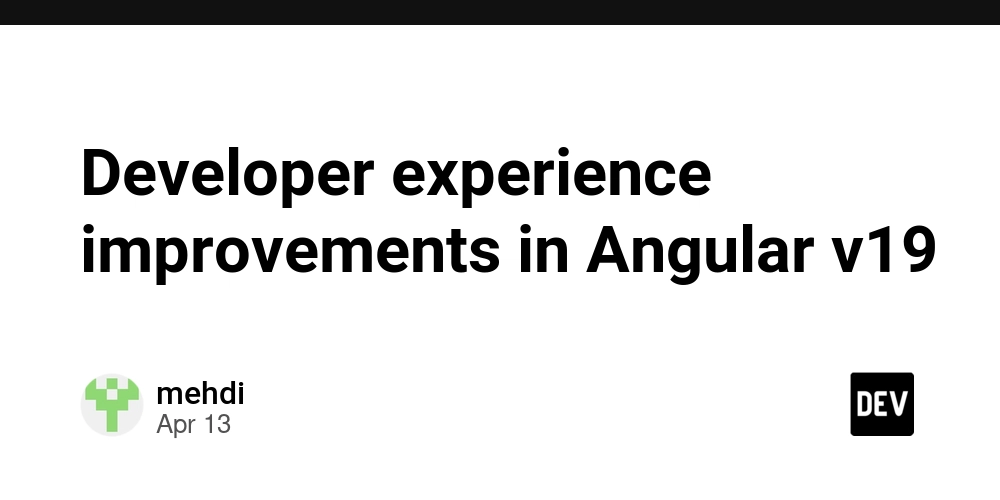
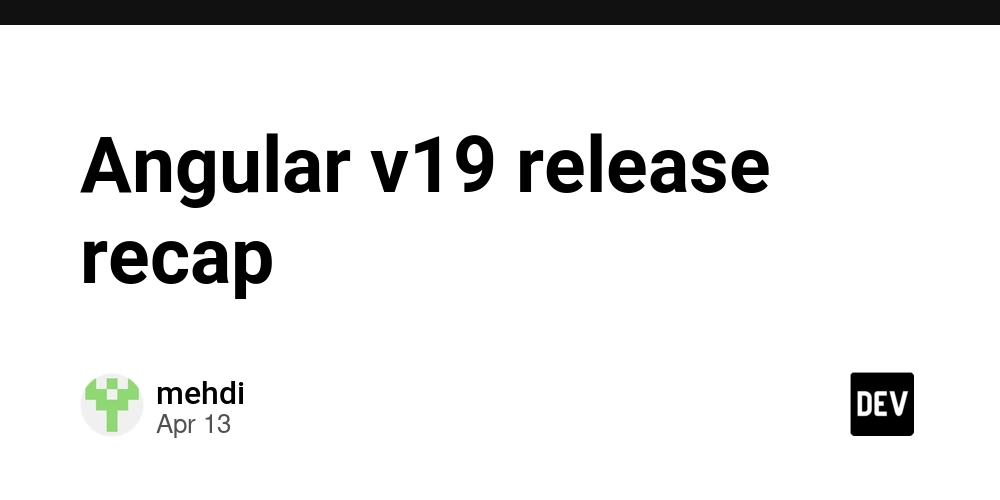
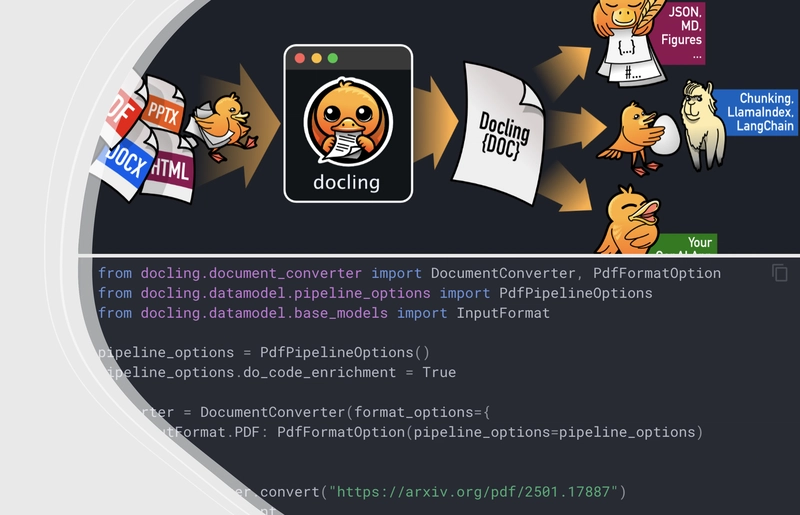











![From Accountant to Data Engineer with Alyson La [Podcast #168]](https://cdn.hashnode.com/res/hashnode/image/upload/v1744420903260/fae4b593-d653-41eb-b70b-031591aa2f35.png?#)





































































































.png?#)









































































































































![Apple Watch SE 2 On Sale for Just $169.97 [Deal]](https://www.iclarified.com/images/news/96996/96996/96996-640.jpg)

![Apple Posts Full First Episode of 'Your Friends & Neighbors' on YouTube [Video]](https://www.iclarified.com/images/news/96990/96990/96990-640.jpg)




































































































